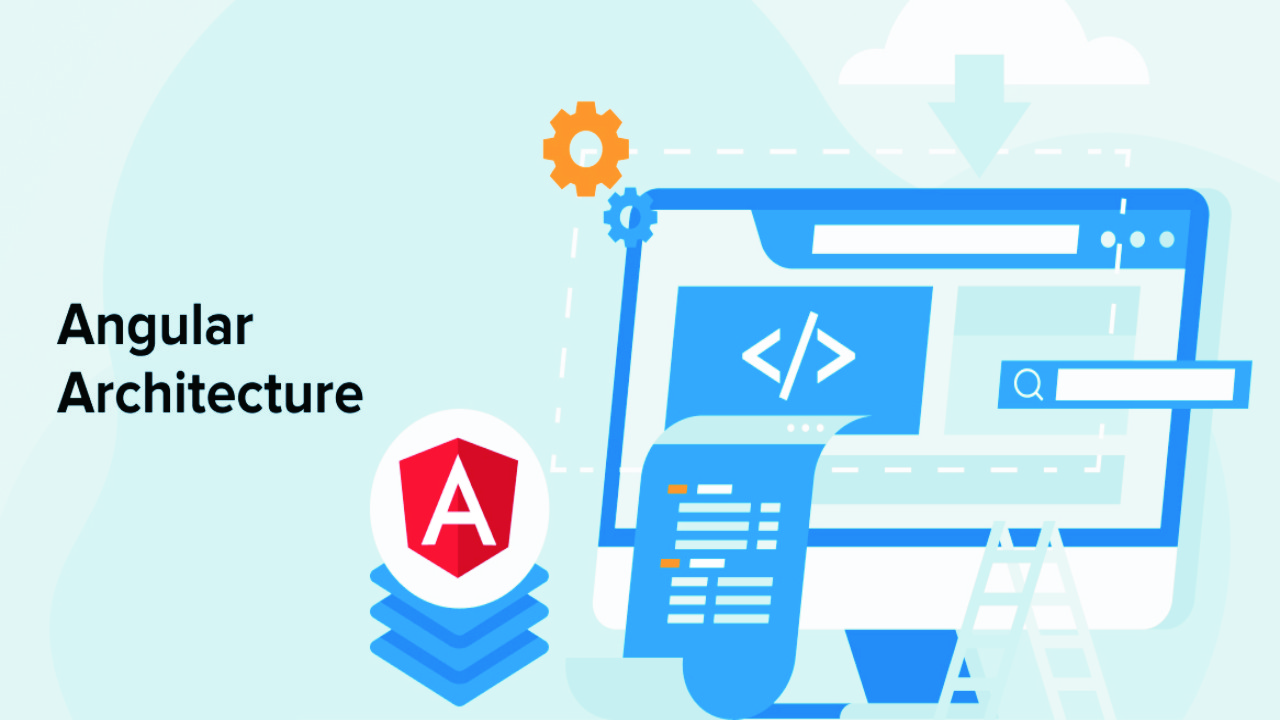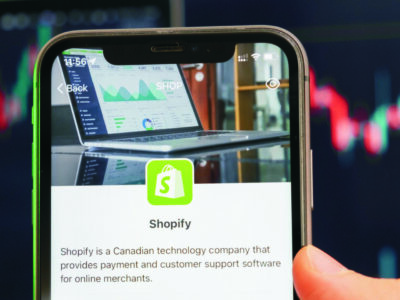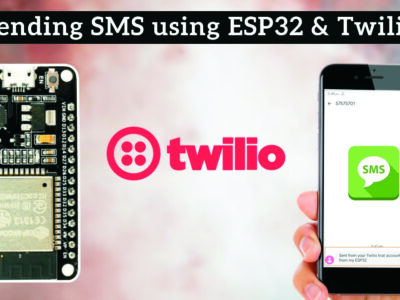Course Description
This project-based course is designed to teach you the fundamentals of Angular — one of the most popular front-end frameworks — by guiding you through the development of a fully functional real-world application. Whether you’re new to Angular or looking to solidify your foundation, this course takes you from core concepts to hands-on implementation using best practices.
You will learn how to create components, manage data with services, handle routing, consume REST APIs, and implement forms and validations — all within the context of a real application. By the end, you’ll not only understand Angular’s architecture but also be confident in using it to build scalable web apps.
🏅 Certification
Upon successful completion, you will earn a Certificate of Completion, verifying that you have:
-
Mastered Angular’s core concepts
-
Built a complete, functioning Angular app
-
Demonstrated proficiency in component-based architecture, forms, services, and routing
This certification is ideal for sharing on LinkedIn, adding to your resume, or using as proof of skills for job applications and promotions.
🎯 Learning Outcomes
By the end of this course, you will be able to:
-
Understand Angular Architecture
-
Comprehend how Angular works internally including the role of modules, components, templates, and services.
-
-
Build and Structure an Angular Project
-
Set up an Angular development environment using Angular CLI.
-
Organize a scalable folder and module structure.
-
-
Create and Use Components
-
Build reusable and dynamic components using data binding and lifecycle hooks.
-
-
Manage Data with Services and Dependency Injection
-
Use Angular services to handle shared data and logic.
-
Understand and apply Angular’s dependency injection mechanism.
-
-
Implement Client-Side Routing
-
Create and manage multiple views using Angular Router.
-
Use route parameters and guards to protect routes.
-
-
Work with Forms
-
Build both template-driven and reactive forms.
-
Implement custom validations and user-friendly error displays.
-
-
Consume RESTful APIs
-
Use Angular’s HttpClient to make API calls.
-
Handle asynchronous data and error responses.
-
-
Deploy an Angular Application
-
Build and deploy your app to a live server (e.g., Firebase Hosting, Vercel, Netlify).
-
-
Apply Best Practices
-
Use coding standards, clean architecture, and testing-friendly code organization.
-
-
Build a Real-World Application
-
Create a real app such as a Task Manager, Blog Platform, or eCommerce Dashboard, showcasing everything you’ve learned.
Course Features
- Lectures 18
- Quiz 0
- Duration 60 hours
- Skill level All levels
- Language English
- Students 32
- Certificate No
- Assessments Yes
Curriculum
- 3 Sections
- 18 Lessons
- 4 Weeks
- Course Introduction1
- Home list8
- Home filtering9
- 3.1Home filtering section introduction1 Minute
- 3.2Add filters buttons2 Minutes
- 3.3Add dropdown with home type filter and the toggling state3 Minutes
- 3.4Add form for home type filtering3 Minutes
- 3.5Capture selected filters3 Minutes
- 3.6Set selected filters in the URL4 Minutes
- 3.7Refactor home list to use command pattern3 Minutes
- 3.8Filter homes using URL parameters5 Minutes
- 3.9Add default filters and the highlight to the button3 Minutes






